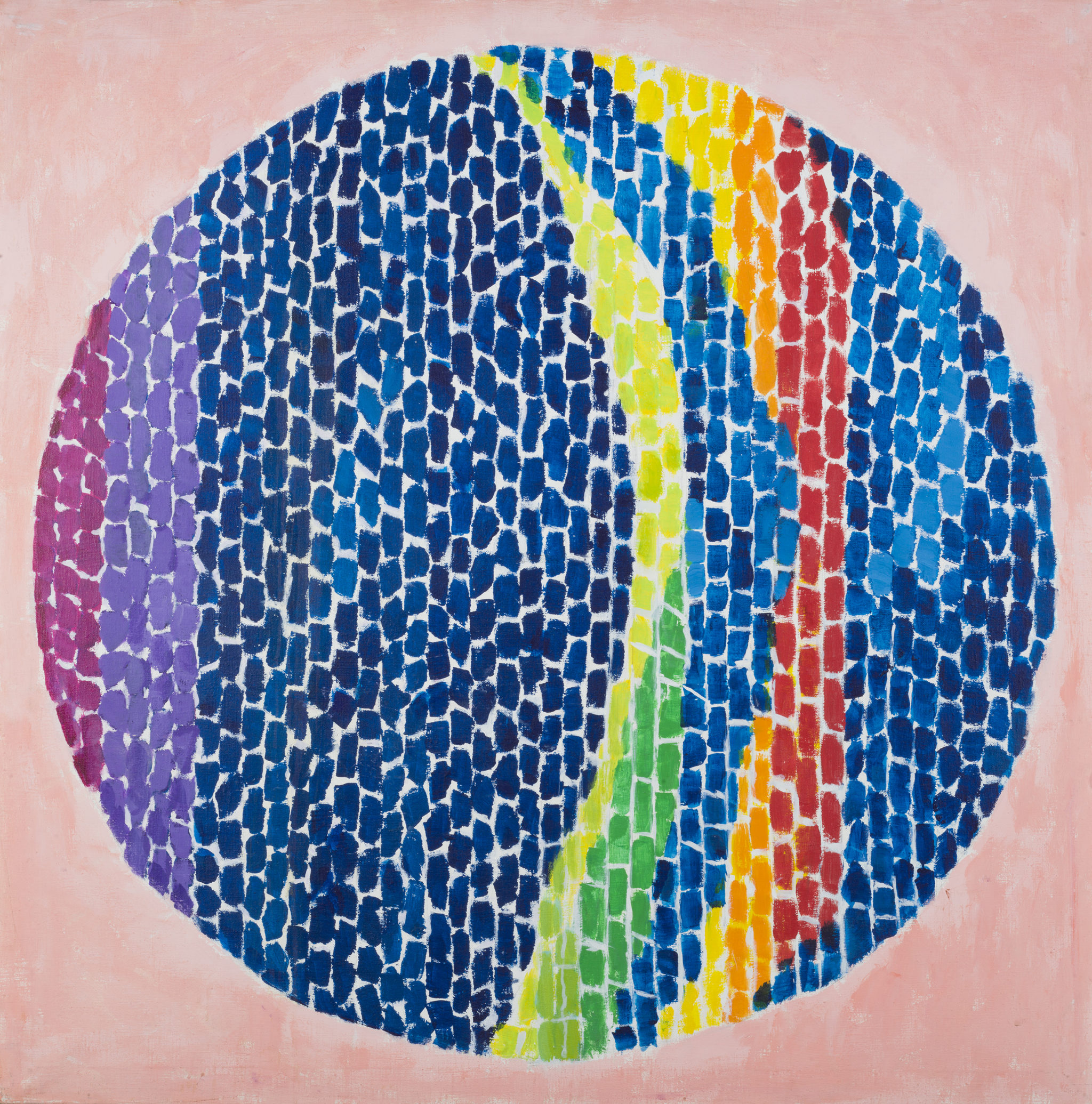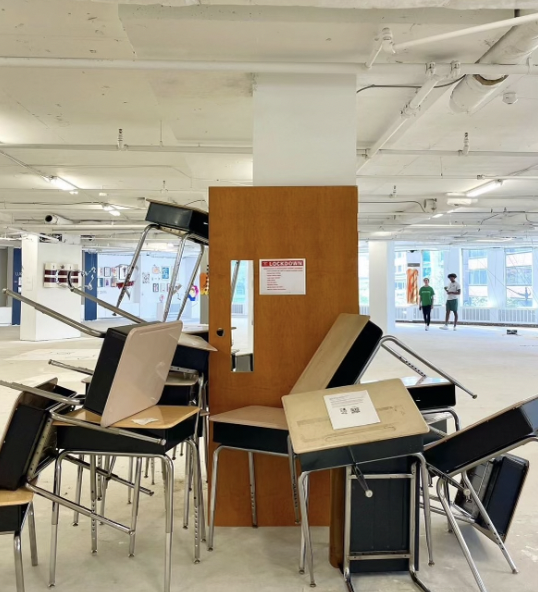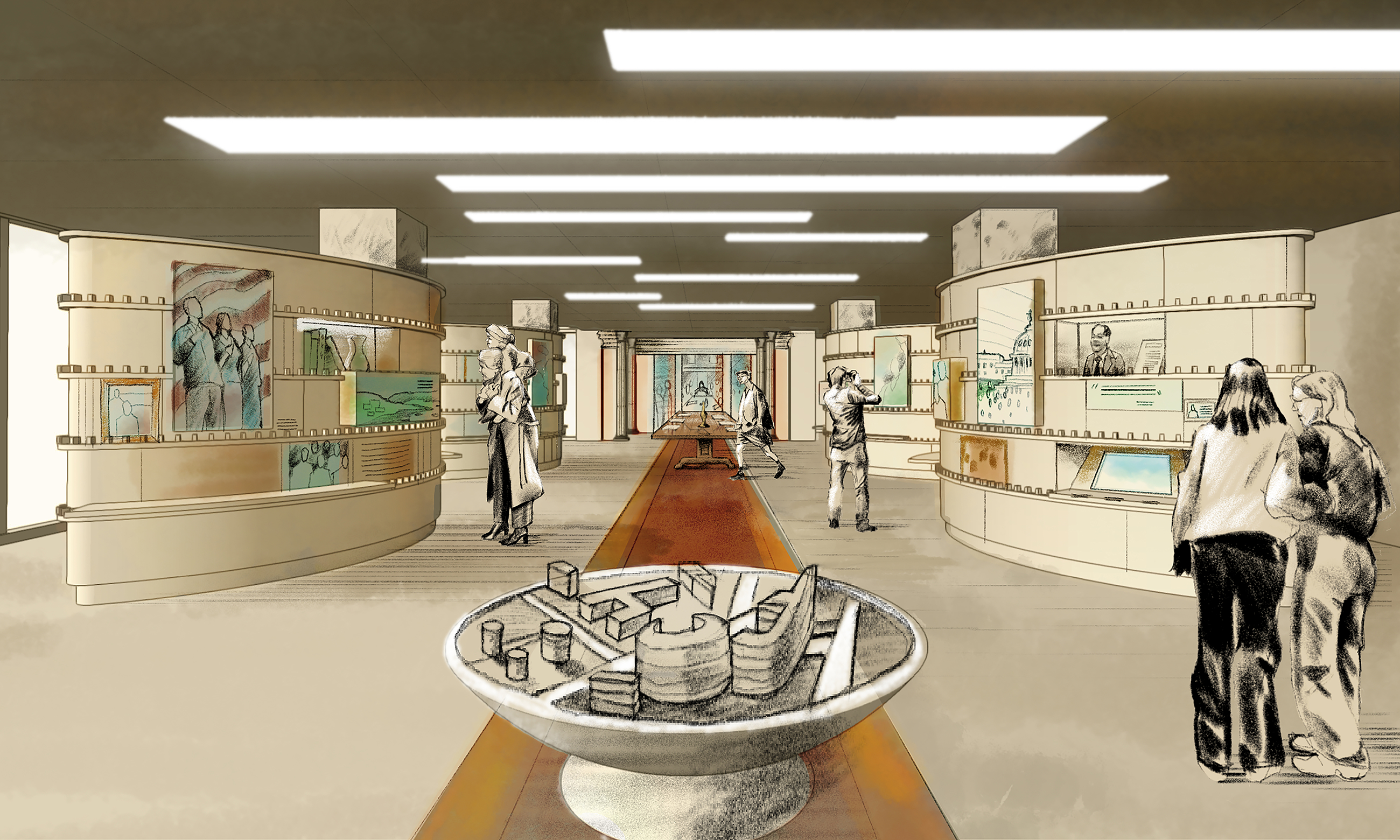Longtime DC artist Alma Thomas’s work is currently on display at an exhibit called “Everything Is Beautiful” that recently opened at the Phillips Collection, along with a larger citywide celebration of her life. Thomas, who lived in Washington from 1907 until she died in 1978, was the first graduate of Howard University’s art department (in 1924). She taught art at Shaw Junior High School for 35 years and co-founded the Barnett Aden Gallery. In 2015, she became the first Black woman to have work acquired by the White House Collection. She was also the first Black woman to have a solo show at the Whitney Museum of American Art in New York, in 1972.
Why is her work so special? We talked to some people involved with the new exhibit to find out.
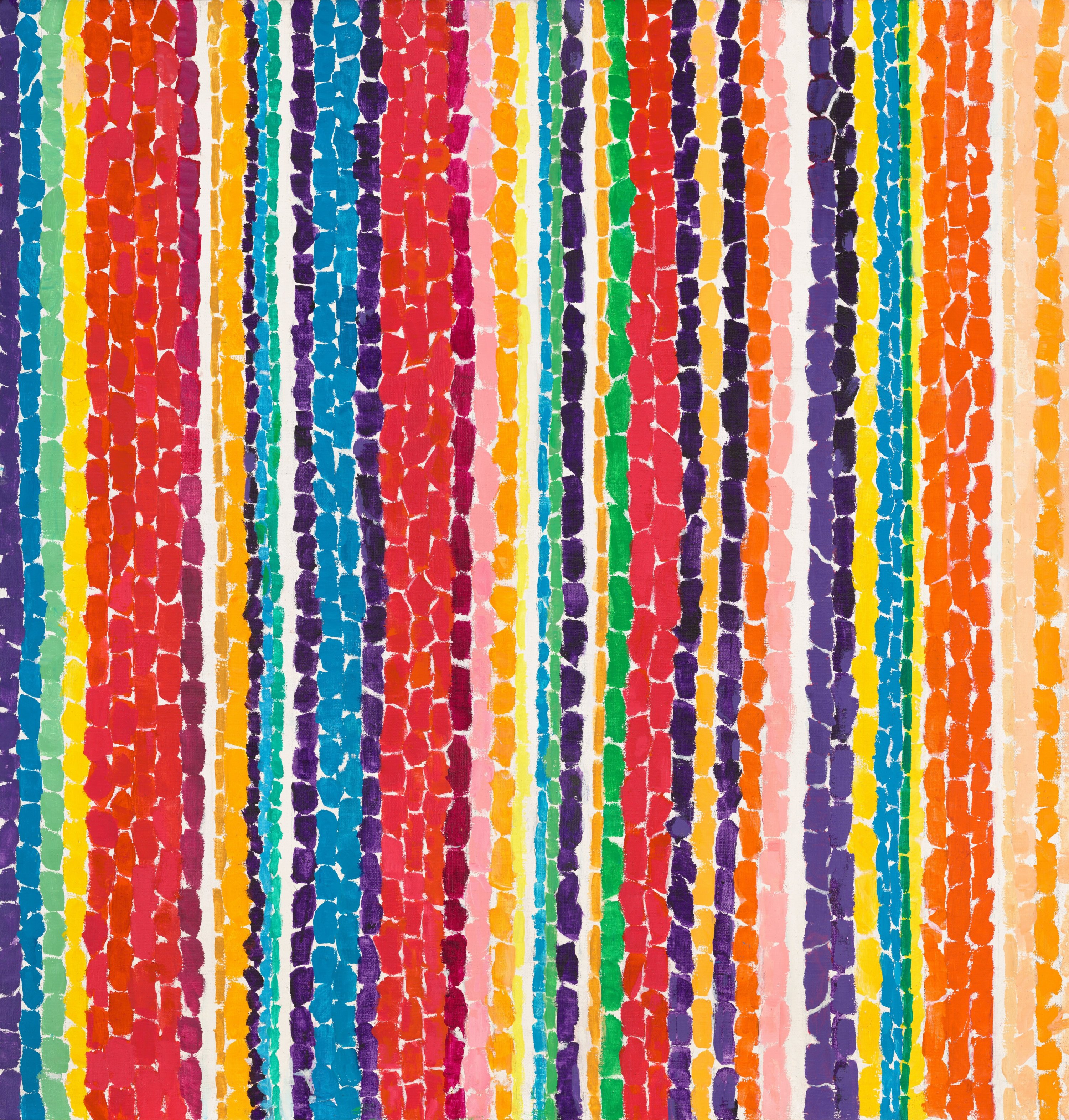
Jonathan F. Walz
Co-creator of “Everything Is Beautiful”; director of curatorial affairs & curator of American art at the Columbus Museum
Many people, once they learn the artist’s backstory, connect with Thomas as a person. From different perspectives, she signifies on a symbolic level: an artist who seemingly triumphed over racism, misogyny, impairment, age, and provincialism. It’s important to remember, however, that Thomas never believed she represented any group or community. When asked how she identified, she said, “I am a painter. I am an American.”
From a formalist perspective, the canvases of the 1960s and 1970s are colorful, bright, and energetic—eye-catching. And the titles are often combinations of floral and musical terms, which are poetic. There is also a kind of brushwork that is both engagingly childlike—not childish—and incredibly sophisticated. It creates a kind of productive tension that feels warm, inviting, and approachable.
Seth Feman
Co-creator of “Everything Is Beautiful”; deputy director for art and interpretation and curator of photography at the Chrysler Museum
Her long life and wide-ranging creativity offer so many access points. For museums like ours, whose missions are to reach new audiences and share art widely, Thomas’s work offers a compelling invitation not only to look closely at paintings, but also to discover how beauty can, remarkably, transform people’s lives.
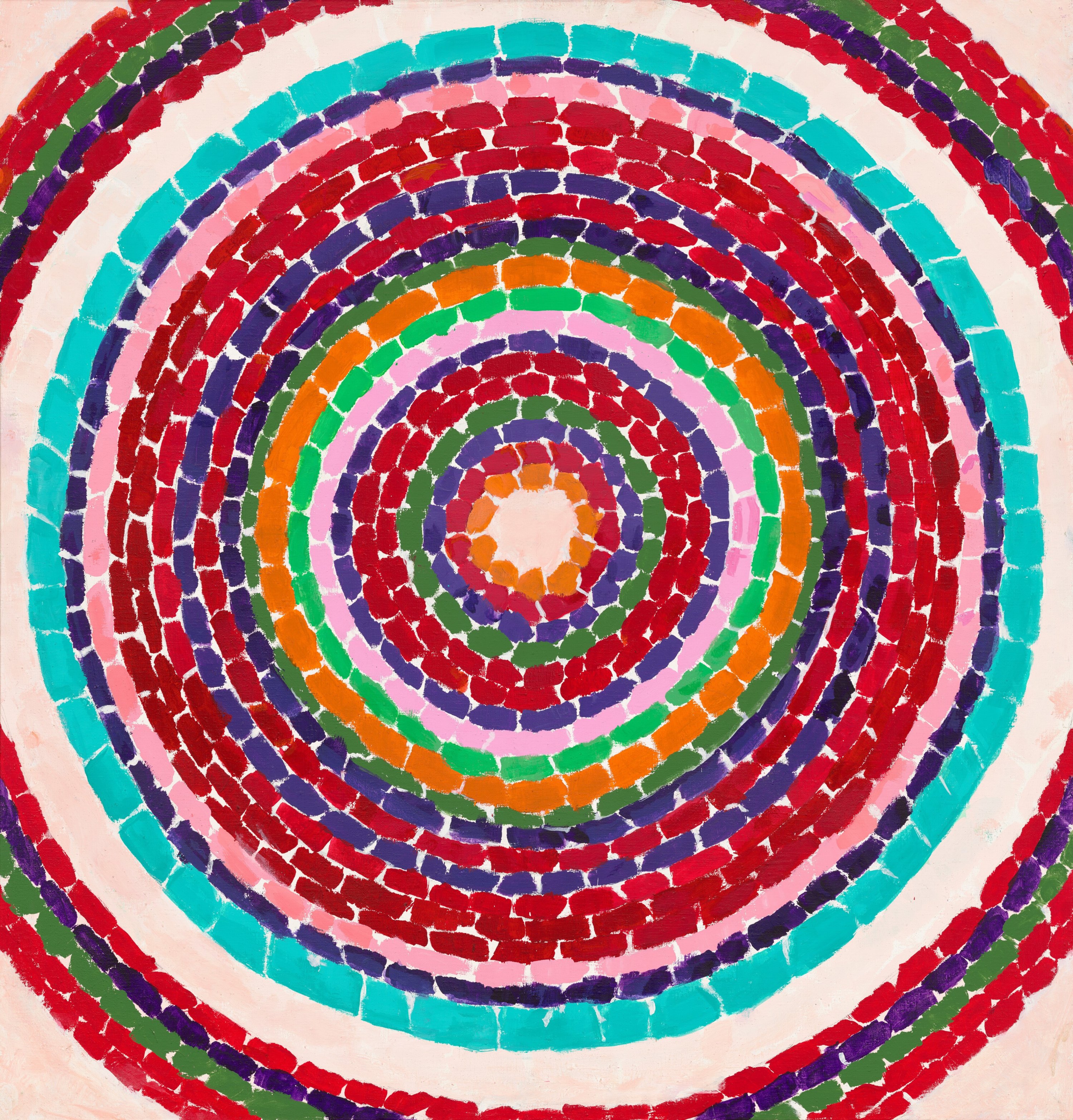
Renée Maurer
Associate curator at the Phillips Collection
She really was able to cultivate beauty in so many ways in her life and share that in so many ways in her life, whether it was volunteering and creating programs with kids in her community, whether it was in her school, or whether it was working in her studio or garden or immersed in Washington, DC’s landscape. She lived here from 1907 until her death in 1978. Think about all the things that transpired in the city during that time period and shaped her perspective as an artist.
Adrienne L. Childs
Art historian and adjunct curator at the Phillips Collection
I connect with it because of color. I like abstraction, but her optimistic sense of color—and color drawn from nature but really saturated and beautiful. She was in pursuit of beauty, and she found it in a unique way. People can connect with that because she didn’t engage in politics of art or politics of race or politics of culture. All of that was going on around her, but she stuck to what she was compelled to do. When someone finds their voice—she found her style late in life—and sticks to it and continues to do it over again, it becomes richer and richer and more interesting rather than jumping all around. You see from the very beginning where she started out and where she ended up. As a woman who’s getting older myself, you see she started a new whole chapter in life after she retired. It’s inspiring.


